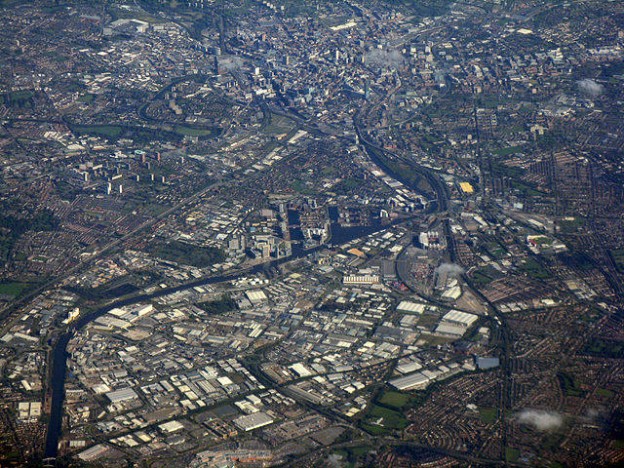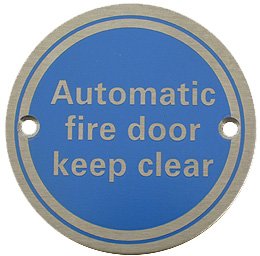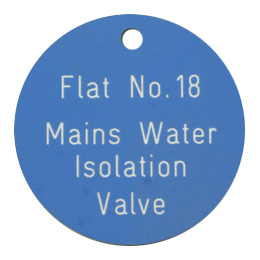If you have ever used an identification tag or a label to identify a product, chances are you have used Traffolyte. Traffolyte is a sturdy type of plastic which is widely used to make tags and labels – and thanks to its superior properties, Traffolyte labels are in high demand.

An identification tag which can be made using Traffolyte material



